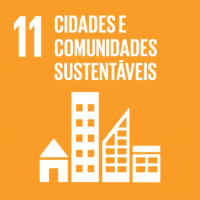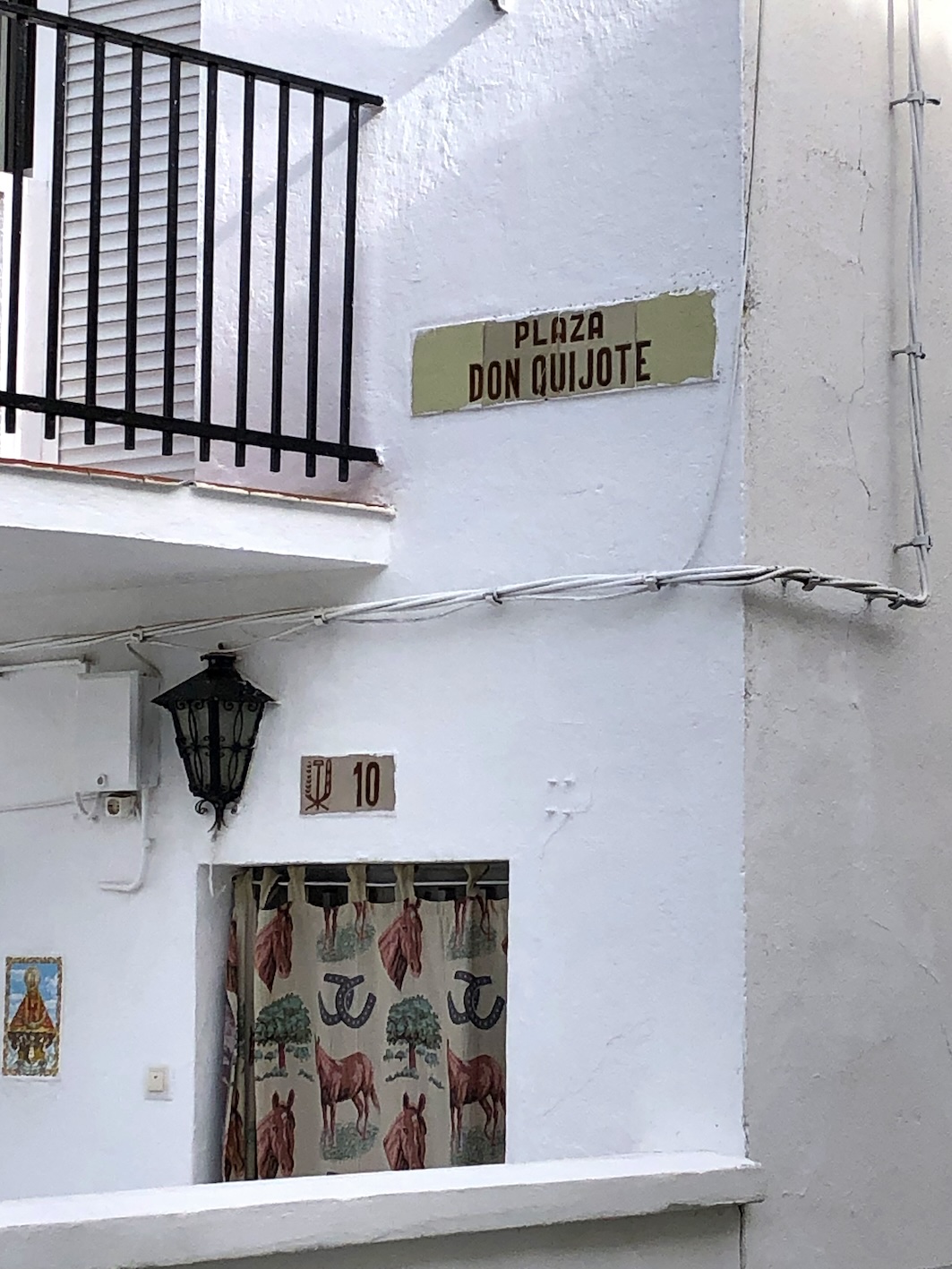Como podemos nós gerir, melhorar e desenvolver comunidades resilientes e sustentáveis sem um conhecimento sólido do nosso ambiente construído? Como colocar a história da arquitetura e das cidades ao serviço dos cidadãos?
O projeto ReARQ.IB reconcilia comunidades em Espanha e Portugal com a sua ‘arquitetura de proximidade’: estruturas, conjuntos e bairros normalmente excluídos das histórias canónicas, perto do nosso dia-a-dia mas longe do nosso pensamento. Com uma atenção especial a edifícios de uso público e residencial – tipos dominantes, com interesse generalizado para as comunidades –, o projeto integrará informação detalhada e reflexão crítica em apoio de medidas de gestão e intervenção, desenvolvendo em paralelo o conhecimento científico e histórico sobre a arquitetura e o espaço urbano do nosso quotidiano.
| Centro de Investigação | Grupo de Investigação | Papel no Projeto | Data de Início | Data de Fim |
|---|---|---|---|---|
| DINAMIA'CET-Iscte | Cidades e Territórios | Líder | 2021-05-01 | 2026-10-31 |
Não foram encontrados registos.
| Nome | Afiliação | Papel no Projeto | Data de Início | Data de Fim |
|---|---|---|---|---|
| Ricardo Costa Agarez | Investigador Principal (DAU); Investigador Integrado (DINAMIA'CET-Iscte); | Coordenador Global | 2021-05-01 | 2026-10-31 |
| Alba Zarza Arribas | Investigadora Integrada (DINAMIA'CET-Iscte); | Investigadora | 2024-02-02 | 2025-02-01 |
| Ana Rosado | Investigadora Integrada (DINAMIA'CET-Iscte); | Investigadora | 2023-06-05 | 2026-10-31 |
| Ana Mehnert Pascoal | Investigadora Integrada (DINAMIA'CET-Iscte); | Investigadora | 2023-05-01 | 2026-10-31 |
| Catarina Ruivo | Investigadora Integrada (DINAMIA'CET-Iscte); | Investigadora | 2022-01-01 | 2026-10-31 |
| Diego Inglez de Souza | -- | Investigador | 2022-01-01 | 2023-09-30 |
| Ivonne Herrera Pineda | Investigadora Integrada (DINAMIA'CET-Iscte); | Investigadora | 2022-04-29 | 2026-01-31 |
| Sheila Palomares Alarcón | -- | Investigadora | 2022-02-12 | 2022-12-12 |
| Código/Referência | DOI do Financiamento | Tipo de Financiamento | Programa de Financiamento | Valor Financiado (Global) | Valor Financiado (Local) | Data de Início | Data de Fim |
|---|---|---|---|---|---|---|---|
| GA949686 | -- | Bolsa | European Commission - ERC | 1499613 | 1499613 | 2021-05-01 | 2026-10-31 |
| Título | Entidade Media | Tipo | Data Publicação |
|---|---|---|---|
| Das escolas aos tribunais, os edifícios que unem comunidades | Público | Artigo | 2025-04-18 |
| Ano | Tipo de Output | Nome | Descrição | Participantes |
|---|---|---|---|---|
| 2023 | Software (Proprietário) | Arquitectura Aqui – Comunidade, Proximidade, Ação: Equipamento de Utilização Coletiva em Portugal e Espanha 1939-1985 | Todos residimos, trabalhamos, estudamos, convalescemos e nos divertimos em espaços sobre os quais sabemos pouco. Se soubermos mais e melhor, e se esse conhecimento for coletivamente construído – conjuntamente por quem investiga a história e a arquitetura destes espaços e por quem os criou e deles usufrui ou usufruiu –, poderemos contribuir para a tomada de decisões informadas sobre que edifícios e conjuntos podemos manter, reutilizar e substituir. Arquitectura Aqui interessa-se por edifícios e conjuntos urbanos de utilização coletiva planeados e erguidos em Portugal e Espanha entre 1939 e 1985, acompanhando a história paralela e partilhada dos dois países desde as ditaduras de Salazar e Franco até aos processos de transição para a Democracia e de integração europeia. Juntamente com comunidades dos dois países estudamos a encomenda, realização e vida útil de equipamento essencial resultante de esforços coletivos (dos poderes central e local até à filantropia, aos grupos e aos indivíduos) e dedicado a: Cuidados médicos e assistenciais (centros de saúde e assistência, lares); Serviços gerais e sociais (instalações municipais e de freguesia, centros comunitários e associativos, mercados, higiene e salubridade); Habitação de realojamento e renda mínima; Segurança pública (quartéis de bombeiros, guarda e polícia); Educação (escolas, creches e infantários); Cultura e lazer (museus, bibliotecas, equipamento desportivo); e Apoio à produção agrícola associativa (cooperativas, silos, lagares, adegas). Conhecendo melhor, podemos decidir melhor como atualizar e aperfeiçoar este património de usufruto coletivo. | Ricardo Costa Agarez, Ivonne Herrera Pineda, Catarina Ruivo, Diego Inglez de Souza, Alba Zarza Arribas, Ana Mehnert Pascoal, Ana Rosado |
| 2024 | Conferência | Conferência Internacional 'The Architecture of Need: Collective-Use Facilities and Community Service in the Twentieth Century’ | Entre 29 e 31 de outubro de 2024 teve lugar em Lisboa (Fundação Calouste Gulbenkian) e Évora a conferência internacional 'The Architecture of Need: Collective-Use Facilities and Community Service in the Twentieth Century', organizada pela iniciativa Arquitectura Aqui no âmbito dos projetos de investigação ReARQ.IB – Built Environment Knowledge for Resilient, Sustainable Communities: Understanding Everyday Modern Architecture and Urban Design in the Iberian Peninsula (1939-1985) (European Research Council – ERC Starting Grant 949686), sediado no DINÂMIA’CET – Centro de Estudos sobre a Mudança Socioeconómica e o Território (Iscte – Instituto Universitário de Lisboa), e ArchNeed – The Architecture of Need: Community Facilities in Portugal (1945-1985) (Fundação para a Ciência e a Tecnologia – PTDC/ART-DAQ/6510/2020), sediado no CIDEHUS – Centro Interdisciplinar de História, Culturas e Sociedades (Universidade de Évora). | Ricardo Costa Agarez, Catarina Ruivo, Alba Zarza Arribas, Ana Mehnert Pascoal, Ana Rosado |
| Tipo de ficheiro | Descrição | Tamanho Ficheiro |
|---|---|---|
| Plano de gestão de dados | ReARQ_IB DataManagementPlan.pdf [Embargado] | 129 KB |
Com o objetivo de aumentar a investigação direcionada para o cumprimento dos Objetivos do Desenvolvimento Sustentável para 2030 das Nações Unidas, é disponibilizada no Ciência_Iscte a possibilidade de associação, quando aplicável, dos projetos científicos aos Objetivos do Desenvolvimento Sustentável. Estes são os Objetivos do Desenvolvimento Sustentável identificados para este projeto. Para uma informação detalhada dos Objetivos do Desenvolvimento Sustentável, clique aqui.

 English
English



